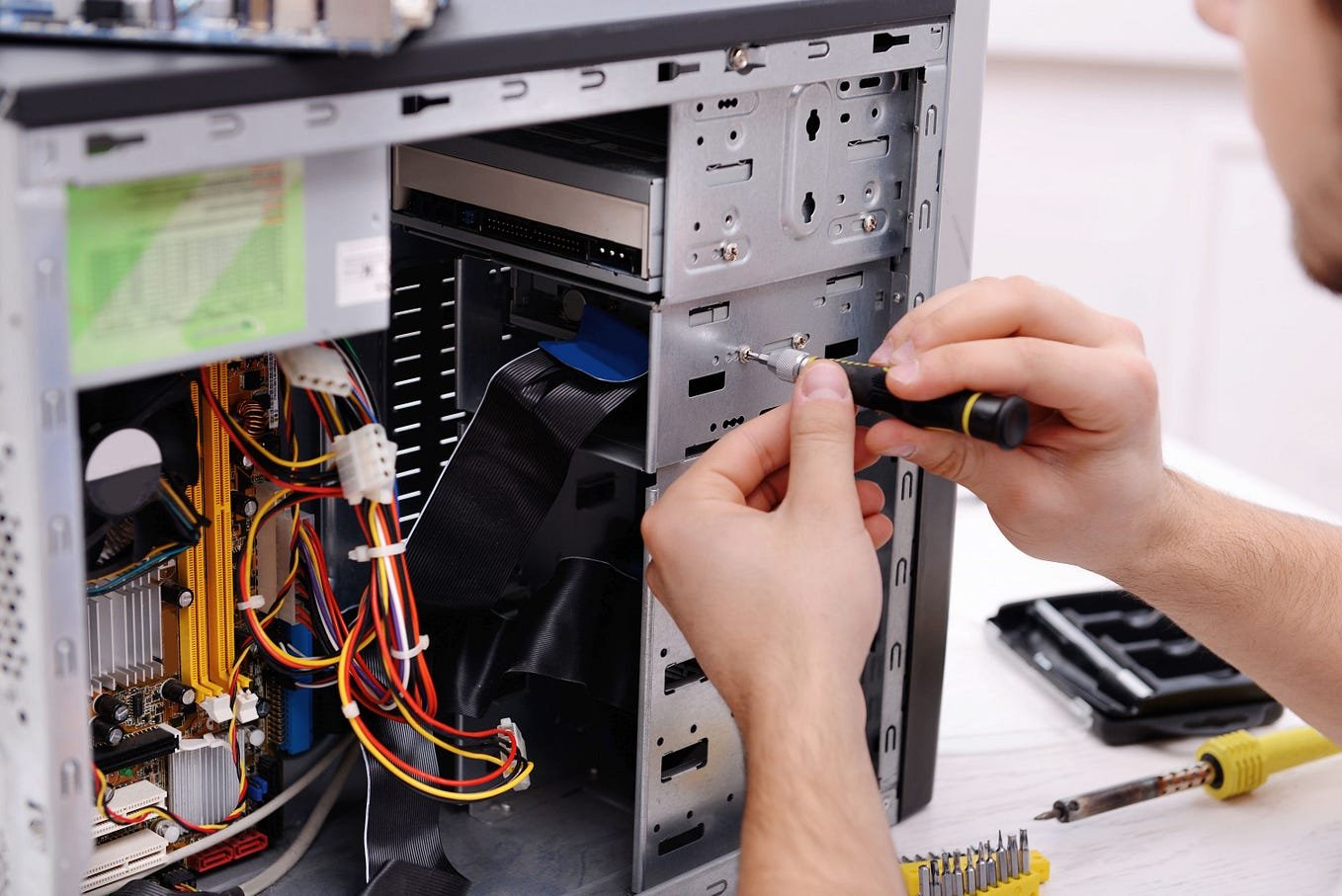Bitcoin mining pool can be a lucrative venture in the cryptocurrency mining ecosystem. This comprehensive Bitcoin mining pool setup guide will walk you through every step of creating, configuring, and managing your mining pool operation. Whether you’re an experienced miner looking to diversify your income streams or a tech-savvy entrepreneur entering the crypto space, understanding how to establish a mining pool is crucial for success in today’s competitive Bitcoin mining landscape.
Bitcoin mining pools have become essential infrastructure in the cryptocurrency world, allowing individual miners to combine their computational power and share rewards proportionally. With Bitcoin’s increasing difficulty and the need for substantial hashrate to mine blocks individually, pools provide smaller miners with consistent payouts and reduced variance. This guide covers everything from technical requirements to legal considerations, ensuring you have all the knowledge needed to launch your mining pool successfully.
What is a Bitcoin Mining Pool
A Bitcoin mining pool is a collaborative network where multiple miners combine their computational resources to increase their chances of successfully mining Bitcoin blocks. Instead of competing against each other, miners work together and share the rewards based on their contributed hashrate. This cooperative approach provides more predictable income for miners and helps maintain network decentralisation.
Mining pools operate on various payout systems, including Pay-Per-Share (PPS), Proportional, and Pay-Per-Last-N-Shares (PPLNS). Each system has different risk profiles and reward structures, affecting both pool operators and miners. Understanding these mechanisms is fundamental when creating your mining pool infrastructure. The pool operator typically charges a fee ranging from 1% to 4% of the total rewards, which covers operational costs and generates profit. This fee structure makes mining pool operation an attractive business model for those with the technical expertise and capital to establish proper infrastructure.
Essential Requirements for Bitcoin Mining Pool Setup

Technical Infrastructure Requirements
Before diving into the Bitcoin mining pool setup guide implementation, you need a robust technical infrastructure. Your mining pool requires dedicated servers with high-performance specifications, including at least 32GB of RAM, multiple CPU cores, and SSD storage for optimal database performance. Network connectivity is crucial, requiring redundant internet connections with low latency to ensure minimal stale shares.
Database management is critical for tracking miner contributions, payouts, and pool statistics. Most successful pools use PostgreSQL or MySQL databases with proper indexing and backup systems. Your infrastructure should handle thousands of concurrent connections while maintaining real-time statistics and payout calculations. Security measures must be implemented from the ground up, including DDoS protection, secure socket layer (SSL) certificates, and multi-signature wallet configurations for holding Bitcoin reserves. Regular security audits and penetration testing help maintain pool integrity and user trust.
Legal and Regulatory Considerations
Operating a mining pool involves various legal considerations depending on your jurisdiction. Many countries require money transmission licenses or cryptocurrency exchange registrations for pool operators. Consulting with legal experts specialising in cryptocurrency regulations is essential before launching your pool.
Tax implications vary significantly by location, affecting both your pool’s operations and your miners’ obligations. Some jurisdictions treat mining pool rewards as income, while others consider them capital gains. Understanding these implications helps you provide proper documentation and reporting features for your miners. Compliance with Anti-Money Laundering (AML) and Know Your Customer (KYC) regulations may be required in certain jurisdictions. Implementing proper identity verification systems and transaction monitoring helps ensure regulatory compliance and reduces legal risks.
Step-by-Step Bitcoin Mining Pool Setup Guide
Server Configuration and Setup
Begin your mining pool setup by selecting a reliable hosting provider with multiple data centre locations. Deploy Ubuntu or CentOS servers with at least 16 CPU cores, 64GB RAM, and 1TB SSD storage. Configure your servers with proper firewall rules, allowing only necessary ports for mining protocols and web interfaces.
Install essential software packages including Node.js, Python, and your chosen database system. Configure automatic updates and monitoring systems to ensure optimal uptime and security. Set up load balancers if you anticipate high traffic volumes from the start. Create backup systems for both your server configurations and databases. Implement automated backup procedures with off-site storage to protect against data loss and ensure business continuity.
Mining Pool Software Installation
Several open-source mining pool solutions are available, including NOMP (Node Open Mining Portal), MPOS (Mining Portal Open Source), and custom-built solutions. Each platform offers different features and customisation options for your specific needs.
Download and install your chosen mining pool software, following the specific installation instructions for your operating system. Configure the software parameters, including difficulty adjustment algorithms, payout systems, and fee structures. Test all components thoroughly before proceeding to the next phase. Customise the user interface to reflect your brand and provide essential features like real-time statistics, payout history, and mining tutorials. A professional, user-friendly interface helps attract and retain miners on your platform.
Bitcoin Node Setup and Synchronisation
Install and configure a full Bitcoin node to interact with the Bitcoin network independently. This requires downloading the entire blockchain, which currently exceeds 400GB and continues growing. Ensure your server has sufficient storage and bandwidth for initial synchronisation and ongoing operations.
Configure your Bitcoin node with proper RPC settings and security measures. Enable transaction indexing and maintain multiple backup copies of your wallet.dat file. Regular updates to the latest Bitcoin Core version ensure compatibility and security. Implement monitoring systems to track your node’s synchronisation status, connection count, and overall health. Node reliability directly impacts your pool’s performance and miner satisfaction.
Payment System Configuration
Configure your payout system based on your chosen reward distribution method. PPS systems require substantial Bitcoin reserves to pay miners regardless of block discovery, while PPLNS systems distribute rewards only after successful block mining.
Implement automated payout procedures with configurable minimum thresholds and payment schedules. Most pools offer daily or weekly payouts, depending on accumulated earnings and transaction fee optimisation. Set up multi-signature wallets for enhanced security of pool funds. Use hardware security modules (HSMs) or cold storage solutions for the majority of Bitcoin reserves, keeping only operational amounts in hot wallets.
Mining Pool Configuration Best Practices
Optimising Pool Performance
Pool performance optimisation involves fine-tuning various parameters to maximise efficiency and miner satisfaction. Configure appropriate difficulty adjustment algorithms that balance share submission frequency with network overhead. Too frequent adjustments can increase stale shares, while infrequent adjustments may cause miner frustration.
Implement geographic load balancing to reduce latency for miners worldwide. Deploy stratum servers in multiple regions and automatically route miners to the closest available server. This approach significantly improves mining efficiency and user experience. Monitor pool statistics continuously, tracking metrics like pool hashrate, block discovery rate, and miner distribution. Use this data to identify performance bottlenecks and optimise your infrastructure accordingly.
Security Implementation
Security should be your top priority throughout the mining pool setup process. Implement comprehensive DDoS protection using services like Cloudflare or specialised anti-DDoS providers. Mining pools are frequent targets for attacks aimed at disrupting operations or stealing funds.
Use secure coding practices when customising pool software, including input validation, SQL injection prevention, and proper session management. Regular security audits help identify vulnerabilities before they can be exploited. Implement comprehensive logging and monitoring systems to detect suspicious activities and potential security breaches. Automated alerting systems ensure rapid response to security incidents.
Advanced Pool Management Features
Implementing Merged Mining
Merged mining allows your pool to simultaneously mine Bitcoin and other cryptocurrencies using the same hashrate, increasing overall profitability for miners. Popular merged mining options include Namecoin, RSK, and other SHA-256-based cryptocurrencies.
Configure your pool software to support merged mining protocols and ensure proper reward distribution for all mined cryptocurrencies. This feature can differentiate your pool from competitors and attract more miners seeking maximum profitability.
Adding Pool Analytics and Reporting
Develop comprehensive analytics dashboards showing real-time pool performance, historical data, and profitability metrics. Miners appreciate detailed statistics about their contributions and earnings, helping them optimise their operations.
Implement API endpoints for third-party applications and mobile apps. Many miners use external tools to monitor their mining operations, and providing API access enhances user experience and pool adoption. Create automated reporting systems for pool operators, including financial summaries, technical performance metrics, and user growth statistics. These reports help with business planning and operational optimisation.
Marketing Your Mining Pool
Building Community and Trust
Establishing trust is crucial for mining pool success. Maintain transparent operations by publishing regular updates about pool performance, security measures, and any operational changes. Active communication with your mining community helps build loyalty and attract new users.
Engage with the cryptocurrency community through forums, social media, and mining-focused websites. Share educational content, pool updates, and industry insights to establish your expertise and credibility.
Implement user feedback systems and actively respond to minor concerns and suggestions. A responsive support team and continuous improvement based on user feedback helps maintain a positive reputation.
Competitive Positioning
Research competitor pools to understand their fee structures, features, and marketing strategies. Position your pool with unique value propositions, such as lower fees, better performance, or innovative features.
Consider offering promotional programs for new miners, such as reduced fees for initial periods or bonus rewards for referrals. These strategies can help bootstrap your pool’s growth and establish market presence.
Technical Troubleshooting and Maintenance

Common Setup Issues and Solutions
During your Bitcoin mining pool setup, you may encounter various technical challenges. Database connection issues often stem from improper configuration or insufficient resources. Monitor database performance metrics and optimise queries to prevent bottlenecks.
Stratum server connectivity problems typically result from firewall configurations or network issues. Ensure proper port forwarding and test connections from various geographic locations to identify and resolve connectivity issues.
Block submission failures can occur due to Bitcoin node synchronisation problems or network connectivity issues. Implement robust error handling and automatic retry mechanisms to minimise block loss and maintain pool reliability.
Ongoing Maintenance Procedures
Regular maintenance is essential for long-term pool success. Schedule weekly database optimisation procedures, including index rebuilding and query optimisation. Monitor server resources continuously and plan capacity upgrades before reaching critical thresholds.
Update pool software and Bitcoin Core regularly to maintain security and compatibility with network changes. Test updates in staging environments before deploying to production systems to prevent service disruptions.Implement comprehensive backup and disaster recovery procedures. Regular testing of backup restoration ensures business continuity in case of hardware failures or security incidents.
Financial Planning and Profitability Analysis
Revenue Projections and Cost Analysis
Calculate potential revenue based on network hashrate projections, fee structures, and expected pool growth. Consider various scenarios, including different adoption rates and competitive pressures, to create realistic financial projections.
Account for all operational costs, including server hosting, electricity, bandwidth, legal compliance, and staffing requirements. Many new pool operators underestimate ongoing operational expenses, leading to financial difficulties.
Plan for scalability costs as your pool grows, including additional servers, enhanced security measures, and customer support staffing. Growth often requires significant infrastructure investments before generating proportional revenue increases.
Risk Management Strategies
Diversify your revenue streams by offering additional services such as mining consulting, hardware sales, or cryptocurrency trading. Over-reliance on pool fees creates vulnerability to market volatility and competitive pressures.
Maintain adequate Bitcoin reserves to handle payout obligations during extended periods without block discoveries. PPLNS pools require less reserves than PPS pools, but both models benefit from financial cushions. Consider insurance options for cryptocurrency operations, including cyber liability coverage and theft protection. As the insurance market for cryptocurrency businesses matures, these products become increasingly valuable for risk mitigation.
Conclusion
This comprehensive Bitcoin mining pool setup guide provides the foundation for establishing a successful mining pool operation. From technical infrastructure requirements to marketing strategies, every aspect of pool creation and management has been covered to ensure your success in this competitive industry.
Starting a mining pool requires significant technical expertise, financial investment, and ongoing commitment to excellence. However, with proper planning, execution, and continuous improvement, mining pools can generate substantial revenue while contributing to Bitcoin network decentralisation. Ready to begin your mining pool journey? Start by researching your local regulatory requirements and assembling a skilled technical team. Your Bitcoin mining pool setup guide implementation should begin with careful planning and thorough preparation for long-term success.

















